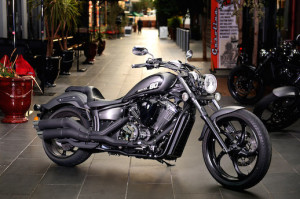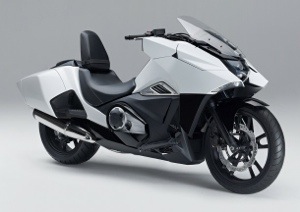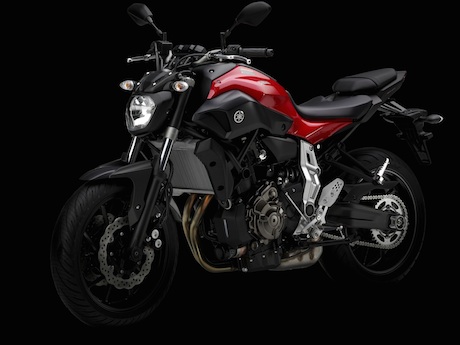An increase in motorcycle sales in Japan, along with a growth spurt in mature-aged “return riders” is leading to a change in attitude among Japanese motorcycle manufacturers.
Motorcycle sales in Japan hit a peak of 3.28 million in 1982, but decreased to 420,000 by 2009, says the Japan Automobile Manufacturers Association. However, domestic sales have kicked the world trend and begun to rise again. Last year, sales rose to 478,127, up 7.3%, the steepest rise in the past 20 years.

One of the most significant trends is the popularity of motorcycle sales to middle-aged and older people wanting larger capacity bikes than the common 250cc. The average age of motorcycle riders is now 51, up 8.3 years from eight years ago.
These “return riders” aren’t just buying Japanese motorcycles, either. BMW is one manufacturer which has been cashing in on the trend by engaging in a price war. Most of their bikes are now the same price as comparable Japanese bikes.
Ok, so what does this mean to us? Japan is still the biggest manufacturer of motorcycles and their bikes are still the top sellers. However, they are under increasing pressure, even in their home country.
Japanese motorcycle manufacturers are nothing if not resilient. They pulled their heads in during the GFC, but now there is evidence that they are starting to come out of their shells again.

Yamaha, in particular, is introducing a lot of exciting new models such as their “Masters of Torque” range (MT-03, MT-07, MT-09) and their “tattoo” Star cruisers (Stryker and Bolt). Honda also has their expansive 700 range, although some of their styling is a little mystifying, like the NM4-02 scooter/cruiser concept. Hopefully Kawasaki and Suzuki will also begin to explore new niches.
Most of the new Japanese motorcycles seem to be in the mid-range in capacity which are lighter and have lower seat heights. Yamaha has reduced the overall weight of its fleet of motorcycles by some 20% compared with conventional models with the same engine displacements, so riders can control them more easily.
Apart from new, lighter, niche models, Japanese motorcycle manufacturers may also further drop their prices as they face greater competition on their home soil. Not only is BMW dropping their prices to match domestic bikes, but Japan is facing a lot of competition from the rest of Asia, particularly China.
It’s all good news for lovers of Japanese motorcycles.


